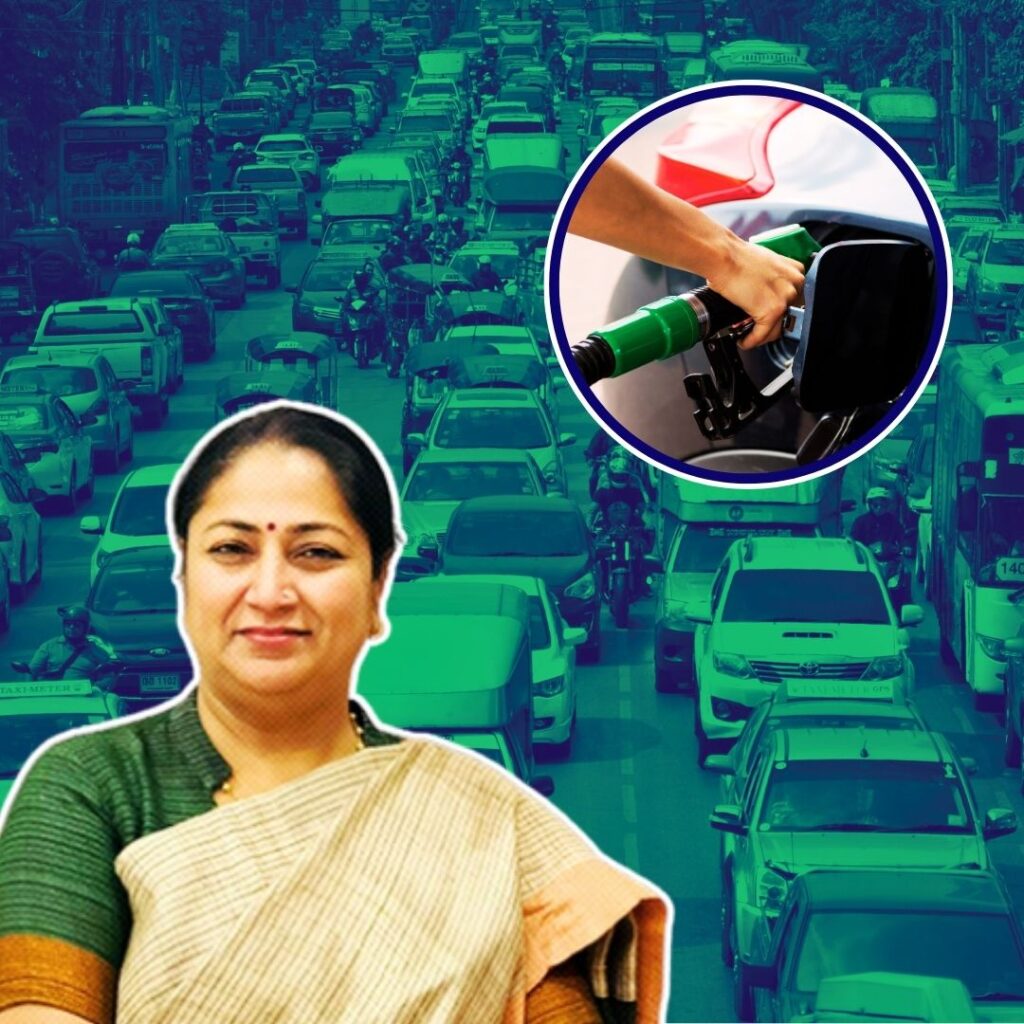Renewable energy overtakes coal energy
Ratifying the Paris Climate Change Agreement was a marvellous decision after all as the International Energy Agency has declared that the renewable source of energy overtook the coal energy and has become the world’s largest installed power source for the first time. With half a million solar panels installed every day around the world, two wind turbines (every hour) were alone installed in China which accounted 40% of the total increase of renewable sources.
Since the wind and solar energy cannot provide 24 hours supply due to the seasonal nature of blowing wind and access to sun rays unlike coal power plants, nevertheless, many speed groups and organisations have emerged in the wake of an increase in demand of renewable source of energy around the globe. Another reason why the population is shifting towards renewable energy is the falling prices in the installation of these techniques. The installation of wind farms fell by 30% and that of solar panels decreased by a two-third of its value.
“We are witnessing a transformation of global power markets led by renewables,” said Fatih Birol, executive director of the global energy advisory agency. Part of the growth was caused by falls in the cost of solar and onshore wind power that Mr. Birol said would have been “unthinkable” only five years ago.
The IEA data shows that coal accounts for 39% of the energy source of the world whereas renewable mean 23% but it is expected to grow to 28% in coming times. 153 GW of Green power was installed last year which is more than the total power capacity of Canada alone. Although the role of China is remarkable and noticeable as a result of which 1983 GW green power was generated leaving behind the score of coal which was 1951 GW, as told by IEA. To take the share of green power to 28% by 2021 the policies adopted by nations which also lend financial incentives will be catalysts and this percentage will account for the amount of power equivalent to that of US and EU taken together. China(37), US(13), EU(12), India(9) are the four significant players which are attributing and will attribute in future as well to the growth of renewable energy.
The Paris Treaty asked the nations to follow to limit the emissions of pollutants which are responsible for global warming keeping it under 2 to 3.6 degree Fahrenheit is being followed but still, the data reveals the figure of 4.5 to 8.1 degree Fahrenheit. Although, Mr. Frankl believes that the onshore and offshore growth is in line with the agreement but still this process hungers for more and needs consistency to yield surprising results. Also, renewable heat and renewable transport lag behind renewable power by 10% and 4% respectively.











